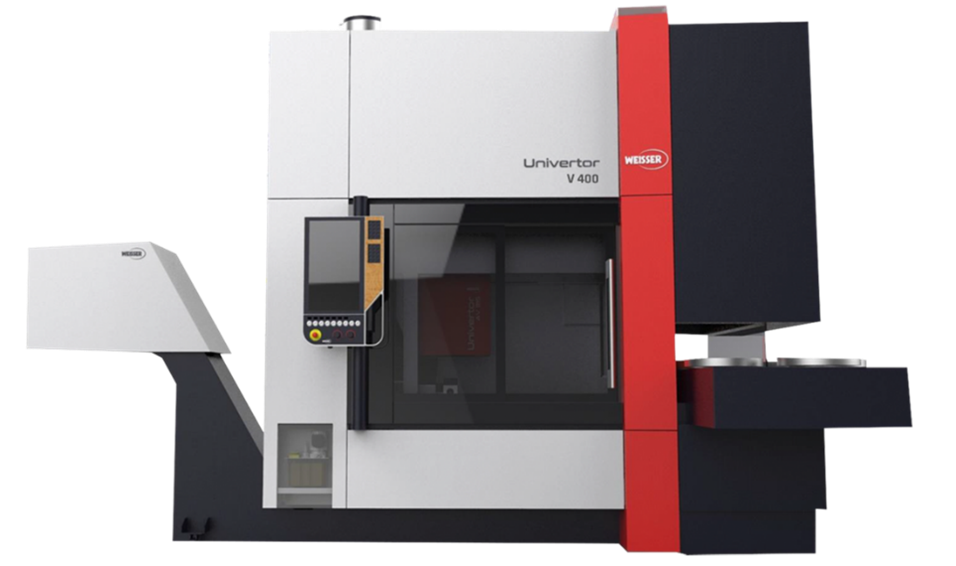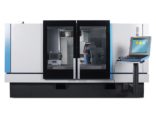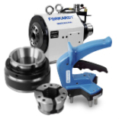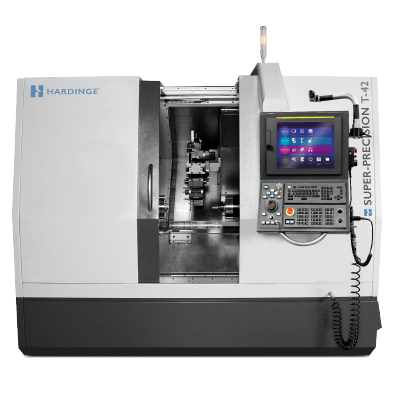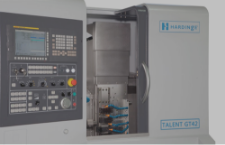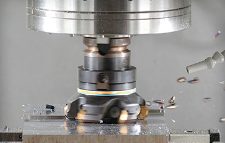Top Machining Challenges for Lightweighting in Manufacturing
Lightweighting is a well-known strategy in both the automotive and aerospace industries. It is a strategy that removes weight from a product, so it takes less energy to move it. Manufacturers and suppliers in the automotive, aerospace, maritime, and rail industries are designing and producing lighter, more efficient vehicles to meet the evolving demands of hybrid and fully electric vehicles (EVs). Other industries where large rotating parts (e.g., rotor blades of wind turbines) are critical elements of product design are also adopting lightweighting techniques.
Research shows that a 10% reduction in weight can lead to an 8% improvement in fuel economy. Lightweighting is now a top priority for manufacturers as they move to a mix of lighter, more advanced materials for components and structural parts.
New Materials Require New Machining
Materials used in lightweighting are physically lighter but feature durability similar to their earlier counterparts. Metals are moving to aluminum alloys over steel or materials like titanium for aerospace applications, and plastics are moving to thinner, stronger composites.
Due to increasingly complex requirements, traditional turning and grinding equipment may not meet today’s lightweighting requirements.
The combination of new materials and new product designs incorporating these materials requires new machining to handle the new materials with more precision for complex and tight-tolerance components. New super-precision and ultra-super-precision lathes meet these demands.
The attraction of super-precision and ultra-super-precision lathes lies in their potential for eliminating the need for grinding operation during the finish stage. It enables you to complete a part on one machine, using one operator, and running at higher throughput, resulting in a lower cost per part.
“The T-series line is one of the most accurate and capable turning machines available in the market today. It is ideal for two axis high-precision machining or complex multi-tasking operations that require a high level of precision, delicate part handling, and for parts made complete in a single setup,” said Kyle Colbey, Director of Engineering, US Machine Operations at Hardinge.
Super-precision turning can reach up to .5 micron accuracy, overlapping the capabilities of diamond turning, grinding, and general precision turning. While many machine tools offer standard resolutions of .0001 inches, the new industry standards require machinery that incorporates .000010 inches programmable resolution capabilities beyond many manufacturers’ capabilities. But modern super-precision turning centers can provide accuracy in the lower range of diamond turning machines (cylindricity of less than 1–2 μm), turning out pieces within the 2-micron range.
With super-precision turning centers, manufacturers can achieve outstanding performances and meet exacting standards up to .5 micron. How small is that? With bacteria cells typically sized at 1 micron, that makes .5 micron only half the single cell’s width.
Lighter Materials Require Special Workholding
Another challenge is production speed and 100% accuracy when cutting and drilling beta alloys, ceramics, titanium, and other materials favored by lightweighting strategies. These hard-to-machine substances generate high cutting forces that affect machining accuracy and speed. With proper workholding to support the workpiece, these cutting forces’ deflection can be reduced or eliminated, resulting in a higher first-run yield for your machining operation.
Newer, flexible thin-walled parts can easily distort under normal machining pressure and have a higher risk of bending or deforming in the clamping process.
“Forkardt recognizes that lightweighting is a critical technology in the transportation industry, and we have developed innovative non-deforming workholding solutions for thin-walled, lightweight materials, where part deformation is a concern. Grip forces generated from standard or semi-standard workholding products will deform these new lightweight materials as it is being machined. Forkardt’s unique SOFT-TOUCH® chuck design allows clamp fingers to conform to a part’s natural, processed contour. SOFT-TOUCH® chucks, coupled with regulated clamping pressure, provide rigidity to fragile and delicate parts,” said Chris Brown, Commercial Sales Engineer at Forkardt.
The combination of super-precision machining and non-deforming workholding solutions is needed to machine lightweight parts and components.

